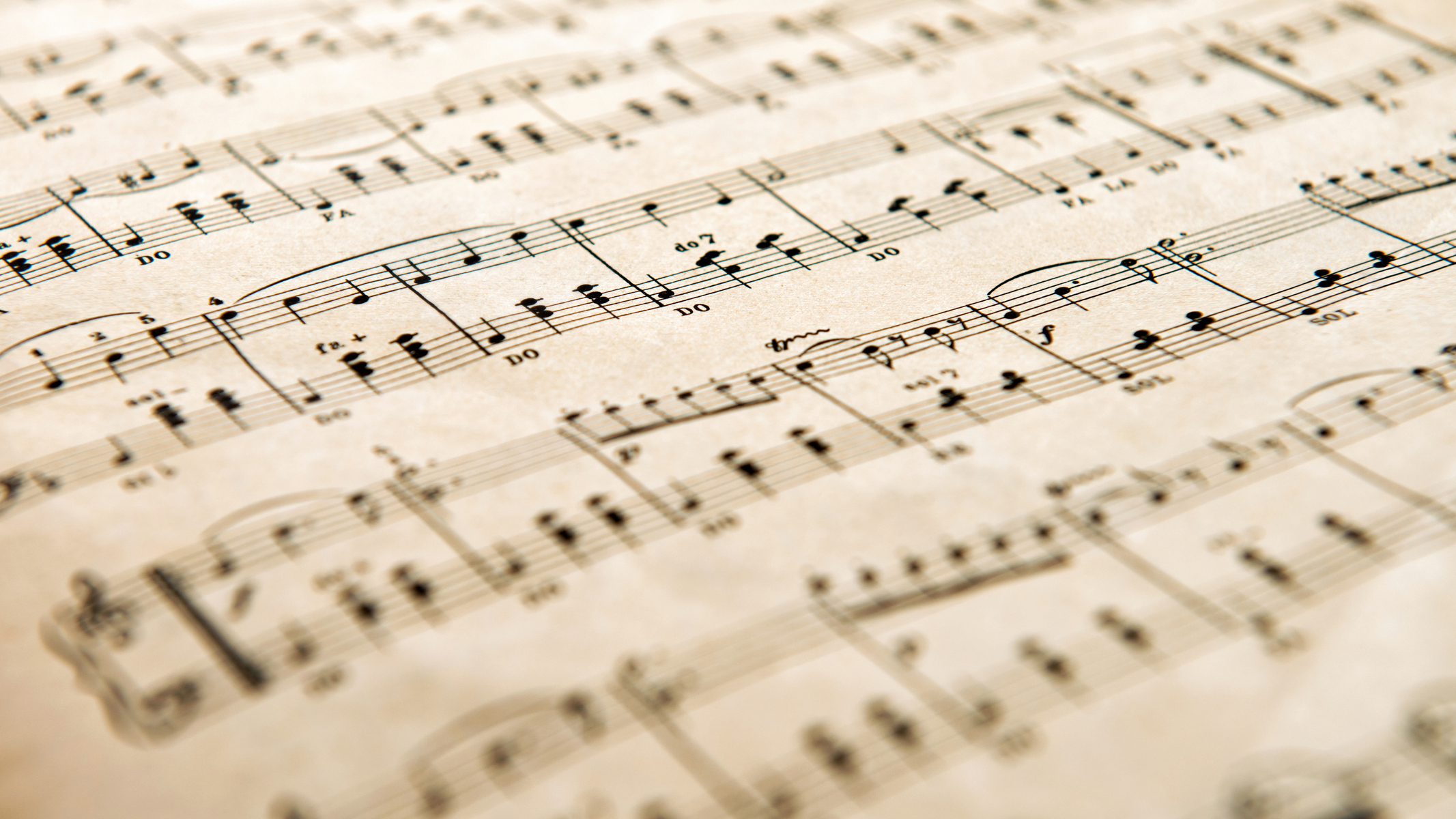How to read sheet music: guitar theory for beginners
Learning to read notation as well as tab will help you play with other musicians, and our easy guide will get you started


Guitarists love ‘stupid drummer’ jokes, but we’re the butt of a few jokes ourselves. For example...
‘How do you make a guitarist stop playing? Show them some sheet music.’
Although tab is great for showing you where to play on the fretboard and getting the detail of the guitar’s intricate techniques, it’s not so good for sharing written ideas with other musicians.
It also doesn’t tell you about rhythm. With this in mind, it’s good to understand the basics of music reading. Even if you never become a demon sight reader, just a small amount of information can take you a long way.
1. Notes on the stave

The first thing to do is learn the notes on the musical stave. The stave is made up of five lines and four spaces. Each line and space represents a different note.
The five lines can be remembered with the phrase ‘Every Good Boy Deserves Football’ and the spaces with, ‘space spells FACE’.
The different notes on the stave can be played in as many as five places on the guitar, so tab is used to guide you to the correct fingerings.
Want all the hottest music and gear news, reviews, deals, features and more, direct to your inbox? Sign up here.
2. Notes on the fretboard

With the basics covered, let’s get playing. It’s important not to rely on the tab too much, otherwise you’ll never learn the bit that means you can read any music.
If you don’t know them already, take a couple of minutes to learn these notes on the guitar.
Read the notes on the stave first. Once you’ve worked out the note (this takes time at first), find it on the fretboard and then use the tab to check if you were right.
3. Nearby notes
This example uses notes that are next to each other, so it's easier to remember. Use first, second and third fingers at the 1st, 2nd and 3rd frets.
4. Bigger gaps
This example features slightly bigger gaps between notes, but it’s the same process once you’ve learnt where they appear on the fretboard.
Total Guitar is Europe's best-selling guitar magazine.
Every month we feature interviews with the biggest names and hottest new acts in guitar land, plus Guest Lessons from the stars.
Finally, our Rocked & Rated section is the place to go for reviews, round-ups and help setting up your guitars and gear.
Subscribe: http://bit.ly/totalguitar




